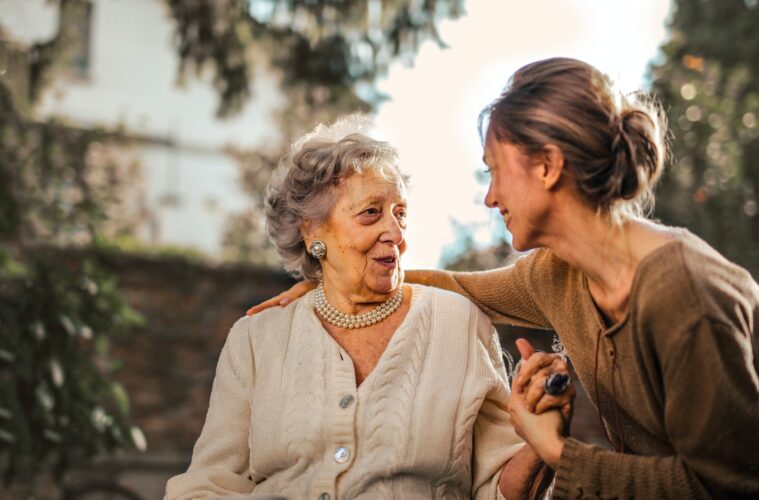Elder care is incredibly expensive. What makes it even more expensive is that it has not become a norm for us to set aside funds for our future care needs. Most people do not purchase long-term care insurance and maintain it for decades upon decades. The majority of Americans do not have a long-term care plan of any kind. Many assume that they will be able to meet their care needs with Medicare. Unfortunately, Medicare does not cover long-term daily care needs, regardless of whether you are in a full-time nursing facility or ageing-in-place. This lack of coverage for a fundamental part of what older adults require, means that these costs essentially have to be paid out-of-pocket. The numbers are staggering: in-home care, including a home health aide, costs a median yearly amount of $54,912. Private rooms in nursing facilities cost a median of $105,850. To qualify for Medicaid, so that home care needs can be met, you have to have assets worth less than $2,000. About $80 million Americans are eligible for Medicaid under this provision. However, they face a scarily long waiting list is over 800,000 people long and the typical wait time is a jaw-dropping 3 years. The question you’re probably asking is, why is elder care so expensive?
One reason that costs are so high is that decades of underinvestment has left the industry facing severe staff and infrastructure shortages. Demand so outstrips supply that these crazy numbers only make sense in the context of supply failures. It’s not surprising that nursing homes are so expensive. In many areas, there are no open beds left. Staffing shortages have plagued the industry even before the global health crisis. In-home care, which is preferred by many older adults, is plagued with problems as well. There are many invisible costs that eat away at the budgets of the carer and older adults. Taking care of older adults at home, without the help of home care aids, is not just physically exhausting, it can take a toll on the emotional welfare and financial resources of the carers. Many people find that they have to work less to accommodate the needs of older adults, or, where there are two breadwinners in the family, one may have to quit work to take care of the older adults.
Care work is work, regardless of whether you are paid for it or not. And according to AARP, about 41.8 million people, or approximately 16.8% of Americans, provide some form of care work for an older adult aged 50 and above. That is a rise from 34.2 million (14.3%) in 2015. An astonishing 28% of these caregivers have been forced to stop saving; 23% have become more indebted; while 11% cannot even meet their basic needs. The typical caregiver is 49, although 23% are millenials and 6% Gen Z. That means a substantial segment of the population is taking on a task which will render them poorer at a time when they are building their own wealth. In terms of gender, the burden falls most heavily on women, with 61% of caregivers being women. Quality, affordable elderly home care is a blessing when it can be found.

